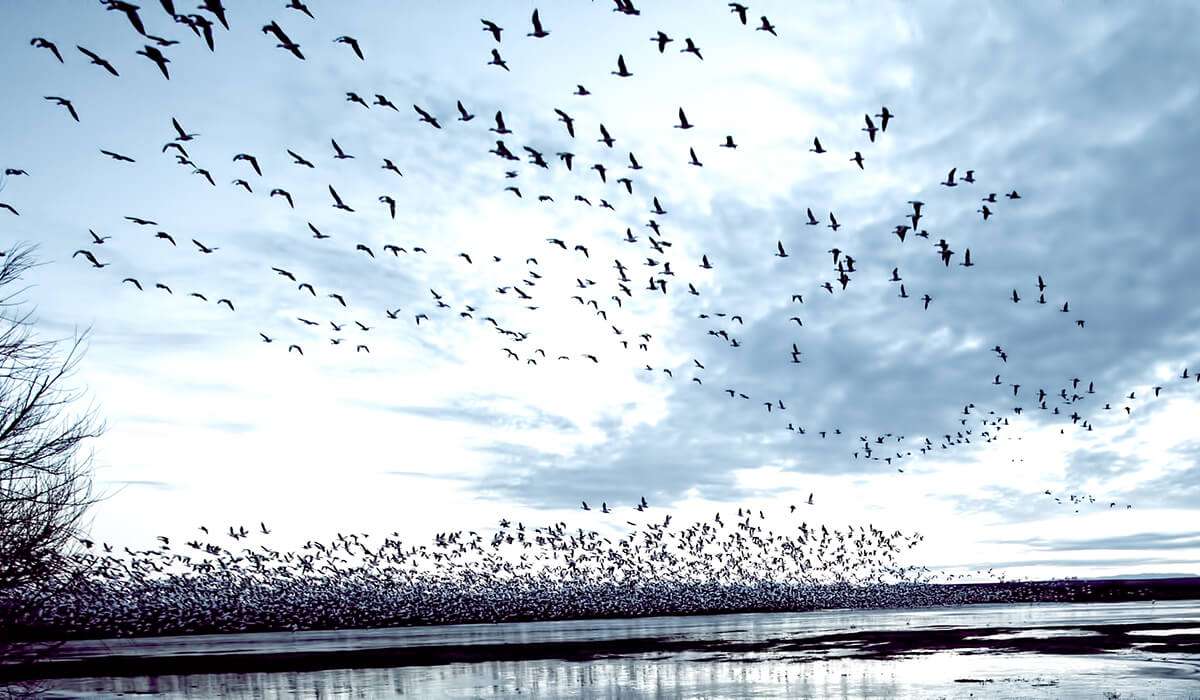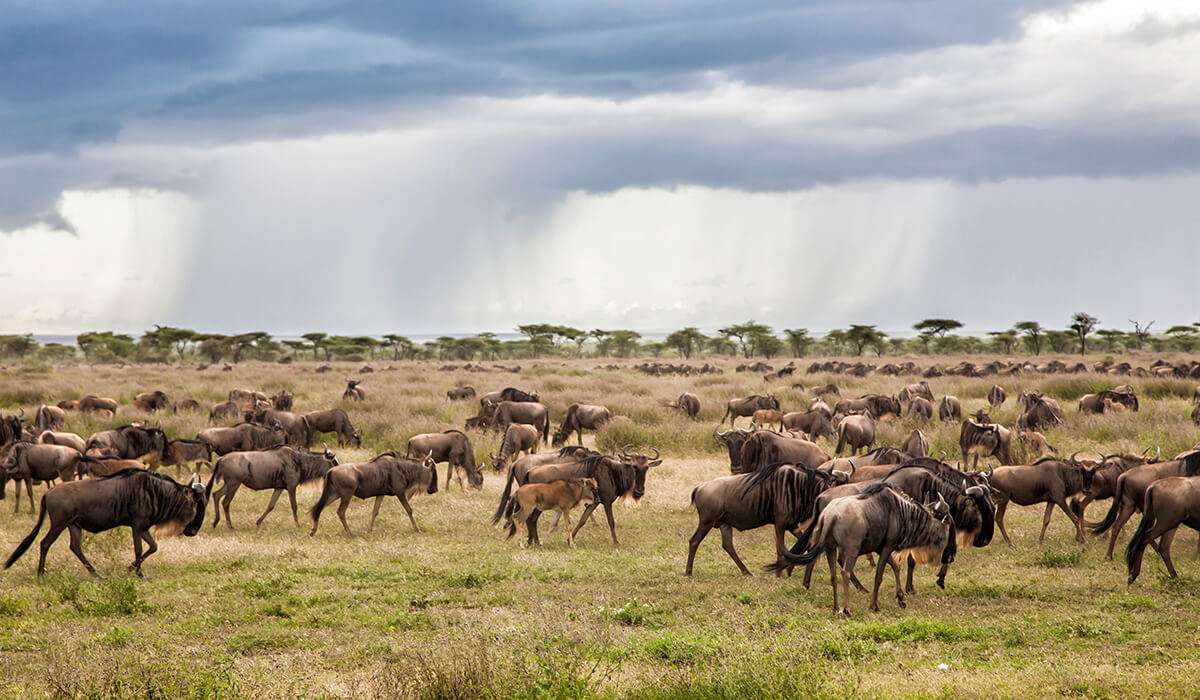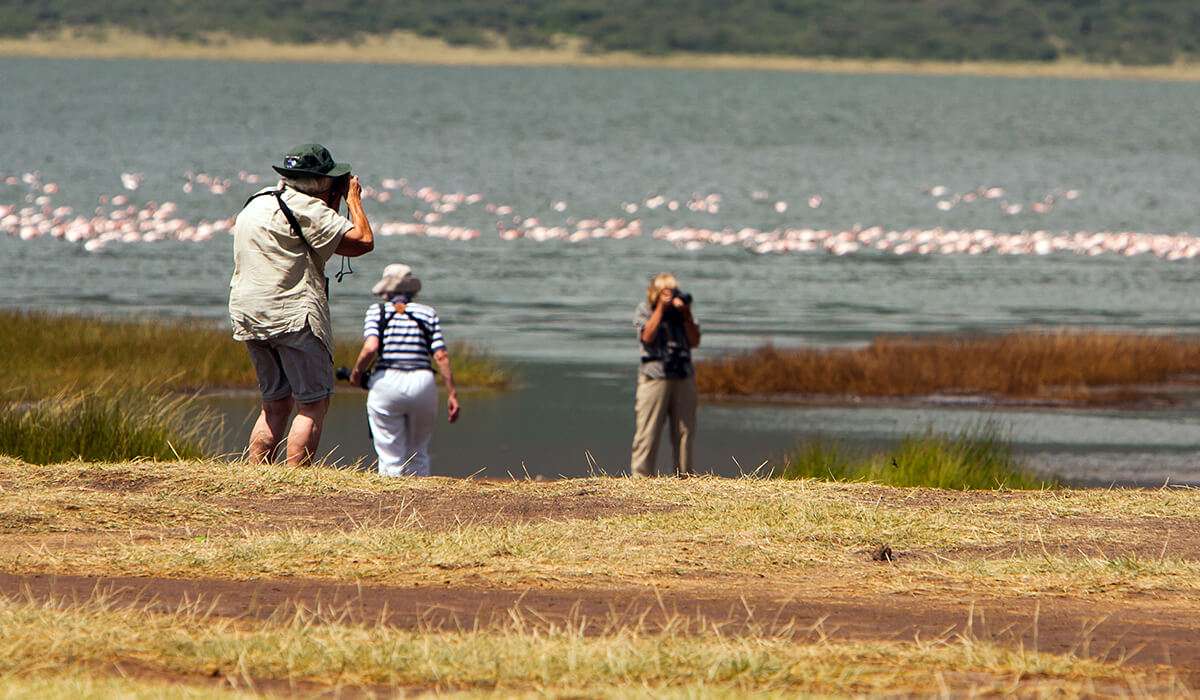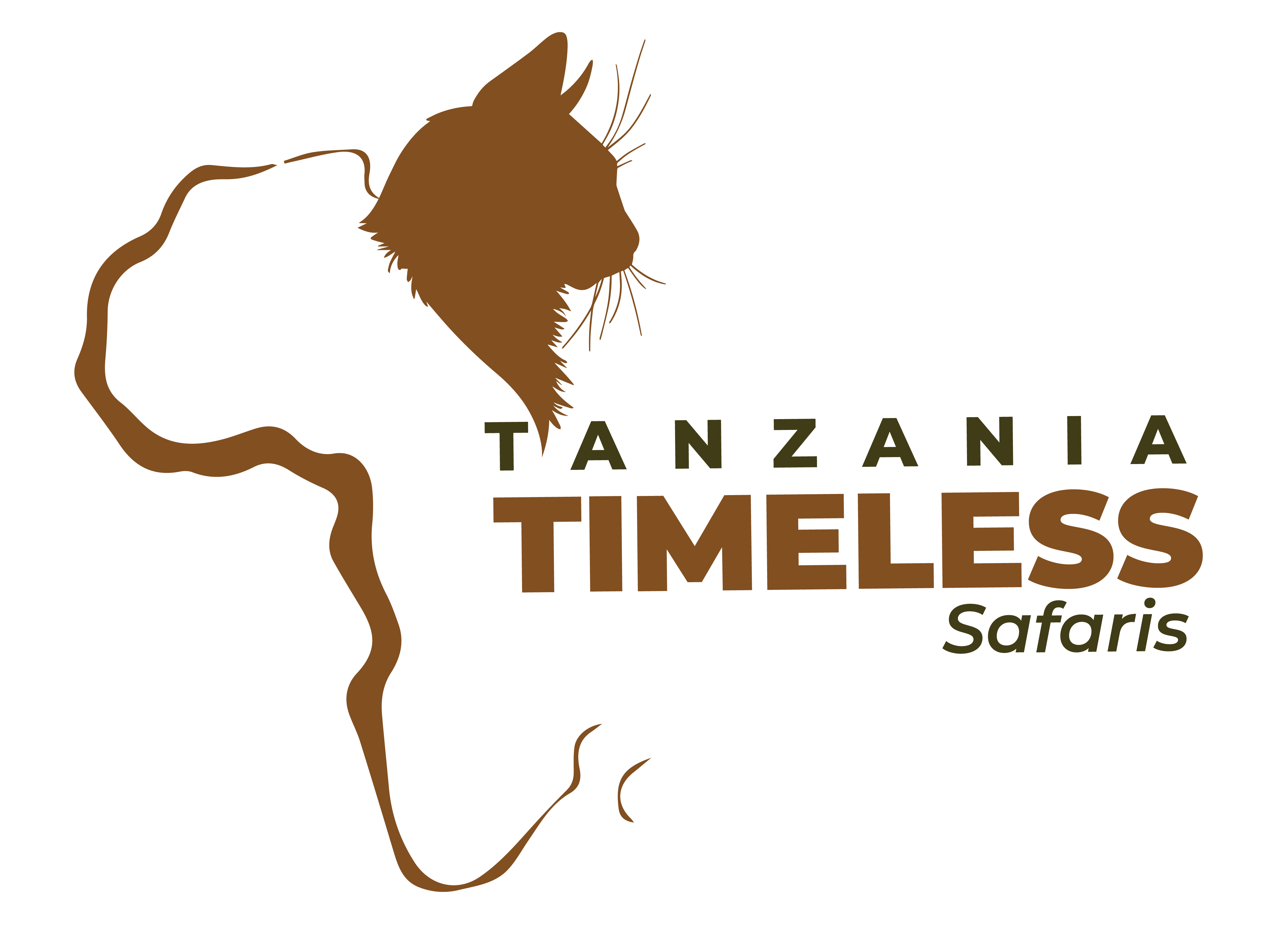TANZANIA FROM MARCH TO MAY
From March to May, Tanzania transforms into a lush, verdant paradise due to the long rainy season, locally known as ‘Masika’. While the rains, generally as afternoon showers, create stunning green landscapes, temperatures remain pleasantly warm between 25°C and 30°C (77°F to 86°F). This period is ideal for bird watching with an abundance of migratory species, though spotting larger game can be slightly challenging due to thicker vegetation. Despite fewer tourists, the Serengeti and Ngorongoro Crater still offer rewarding safari experiences. Coastal destinations like Zanzibar and Pemba also maintain their allure, offering vibrant cultural experiences and less crowded, more intimate interactions with local communities, especially the Maasai.
Let’s Help You Plan
Weather Overview: Top Travel Guide
From March to May, Tanzania experiences its long rainy season, known as ‘Masika’, bringing warm temperatures ranging from 25°C to 30°C (77°F to 86°F) and frequent afternoon showers that transform the landscape into a vibrant, green paradise. While the rains can make some safari roads challenging, this period is ideal for bird watching due to the influx of migratory species, although dense vegetation might make larger wildlife harder to spot.
Coastal regions, including Zanzibar, Pemba, and Mafia Island, enjoy similar weather with occasional brief showers that rarely disrupt travel plans, allowing for continued enjoyment of beach activities and cultural experiences. Despite the wetter conditions, fewer tourists during this season offer a more serene and intimate exploration of Tanzania’s rich natural landscapes and local traditions.

How is the Tanzania Safari Experience From March To May?
From March to May, Tanzania’s safari experience during the ‘Masika’ or long rainy season offers a unique and rewarding adventure for travelers. While the frequent afternoon showers can make some safari routes challenging, the rains rejuvenate the landscapes, turning them into lush, green havens teeming with life. This period is particularly excellent for birding enthusiasts, as migratory birds abound, adding vibrant colors and sounds to the environment.
Dense vegetation may make it slightly harder to spot larger game, but iconic parks like the Serengeti and Ngorongoro Crater still provide impressive wildlife sightings, including the beginning of the Great Migration. Fewer tourists during these months ensure a more intimate and tranquil experience, allowing visitors to truly connect with Tanzania’s breathtaking natural beauty and diverse wildlife.
Wildlife and Safari Experience
From March to May, Tanzania’s safari experience takes on a unique character during the long rainy season. This period, marked by frequent afternoon showers, transforms the landscape into a lush, green paradise, creating exceptional opportunities for wildlife viewing and bird watching.
Bird Watching
For bird enthusiasts, these months offer a spectacular display of migratory birds, enhancing Tanzania’s already rich avian diversity. The vibrant colors and variety of bird species make it an excellent time for photography and observation.
Wildlife Viewing
While the dense vegetation can make spotting larger game slightly more challenging, parks like the Serengeti and Ngorongoro Crater still provide thrilling wildlife encounters. The rains signal the beginning of the Great Migration, with thousands of wildebeest, zebras, and antelopes starting their epic journey across the Serengeti plains. Predators like lions, cheetahs, and hyenas follow closely, offering dramatic wildlife interactions.
Serengeti and Ngorongoro Crater
Despite the rains, these iconic parks remain accessible and rewarding. The Ngorongoro Crater’s enclosed environment ensures consistent wildlife sightings even during the wet season. The Serengeti’s vast landscapes become verdant, attracting herbivores and their predators, making it a dynamic and exciting time for safaris.
Intimate Experience
One significant advantage of traveling during this season is the reduced number of tourists. This means less crowded parks and a more intimate and serene safari experience. The lush landscapes and dramatic skies, often with rainbows after showers, provide stunning backdrops for wildlife photography.

What To Wear In Tanzania From March To May.
From March to May, Tanzania’s weather calls for lightweight, breathable clothing due to warm temperatures ranging from 25°C to 32°C. Opt for light-colored, long-sleeved shirts and pants to protect against the sun and insect bites, along with a light rain jacket or poncho for occasional showers. Comfortable walking shoes or sturdy sandals are essential for traversing various terrains. Don’t forget a wide-brimmed hat, sunglasses, and high-SPF sunscreen to shield yourself from the sun’s intense rays, and pack insect repellent to ward off mosquitoes. For evening outings or cooler inland regions, consider carrying a light sweater or jacket.
- 1. Light, Breathable Clothing: Opt for lightweight, moisture-wicking fabrics to stay cool during warm afternoons. Neutral colors like khaki, green, and brown are ideal for blending into the natural surroundings.
- 2. Warm Layer for Mornings: Early morning game drives can be chilly, especially in high-altitude areas. Pack a fleece or a light jacket to stay warm until the temperatures rise later in the day.
- 3. Comfortable Footwear: Choose sturdy, closed-toe shoes or hiking boots for walking safaris and uneven terrain. Ensure they are well broken in to avoid blisters
- 4. Sun Protection: The tropical sun can be intense, so bring a wide-brimmed hat, sunglasses, and high-SPF sunscreen to protect your skin from harmful UV rays.
- 5. Rain Gear: From March to May is a period of long rainy season, so pack a lightweight, waterproof rain jacket or poncho. Quick-drying pants and shirts can also be handy.


